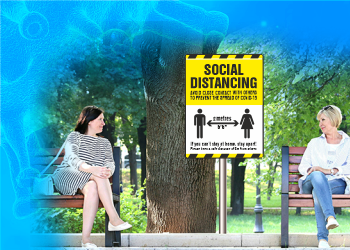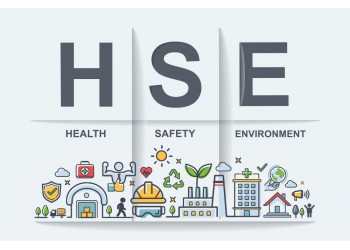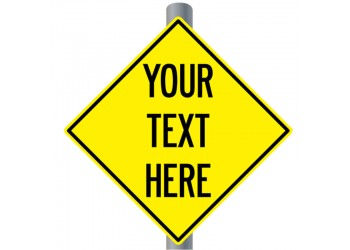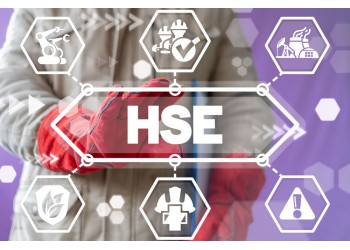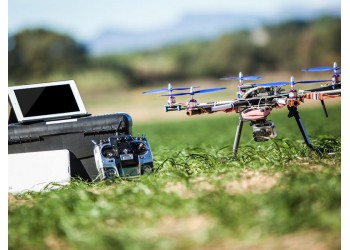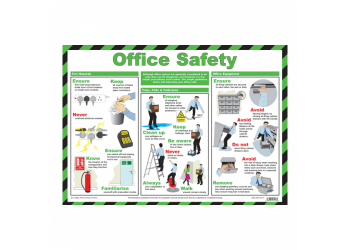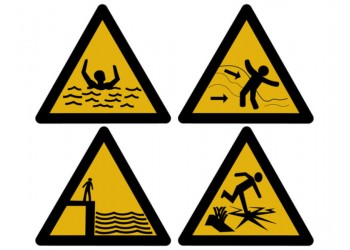As we move into the second half of 2020, it’s clear that the threat of COVID-19 is still very much in play. More and more of us are going back to work and venturing out into the world. However, even these freedoms are met with restrictions tailored to keeping us safe. Social distancing signs are a custom-produced category for the Lasting Impressions team, developed to meet this very specific need. As of now, the recommendations still remain that we should try to maintain a 2-meter distance from anyone we don’t live with or who isn’t in our support bubble.
Returning to work brought back a degree of normalcy for many of us. However, it’s important that we don’t forget just how important the guidelines still are. In this blog, we’ll take a look at how you can improve safety between your colleagues through the use of social distancing signs.
Does my business need social distancing signs?
Any environment where multiple people from different households are forced to interact requires some degree of preparation to protect its workers. Whether you’re customer-facing or B2B, minimising person-to-person contact should still take precedence. One of the most effective ways of ensuring a new instruction is upheld is through constant reminding. And, this is where social distancing safety signs come into place.
It’s only human for us to gravitate towards our colleagues when returning to work. After all, for many of us, it has been 3 or 4 months since we last interacted with someone outside of our families. And building strong colleague relationships is the foundation to growing a business successfully. However, during this time of risk, business owners need to implement ways to nudge colleagues into remembering the need to stay distanced.
Signs such as our ‘Please Avoid Contact With Others’ are unobtrusive enough to maintain a friendly working environment while still being highly visible. Others such as the ‘Maximum Occupancy Of This Canteen’ sign help you to regulate communal areas and offer a practical way for employees to maintain this new in-work requirement.
How many signs do I need to put in place?
As with the recommendations surrounding signage in the workplace, there is no set number of visual additions you need to implement. However, it is important to do a risk assessment to identify the areas of concern. The HSE have a number of templates available to download on their website that can help you do just this. Pay attention to the areas around your building that traditionally become congested or where colleagues tend to socialise. Also, note the walking routes around your building – where two paths cross over, is there space to distance appropriately? Our COVID Workplace Directional Signs can help you build in One-Way systems and No Entry layouts that protect your employees at all times.
If you would like more information about our new Coronavirus Social Distancing Signs. Additionally, you can browse the range on our website or contact a member of our experienced team today.
